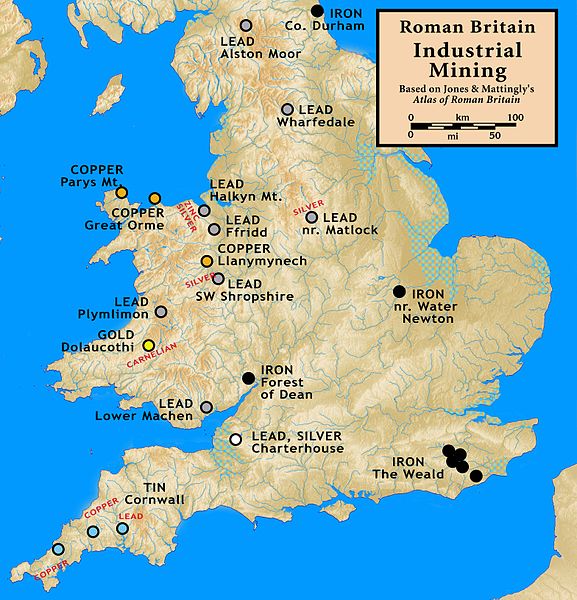An ancient Roman road and mines have been ”unexpectedly” earthed during a dig in Cornwall.
According to archaeologists, the previously-unidentified site has revealed a series of deep pits that they believe may have contained “some of the richest mineral deposits in the world” and is likely to have been working during Roman times.
These pits were located close to the equally exciting discovery of a Roman road that may have connected people with the Roman fort, the remains of which were discovered in Calstock in 2007. This fact alone has led archaeologists to believe it is likely that the mines were used during the same period. However, they have confirmed that there is also the possibility that the mines are an unconnected remnant of medieval times.

Despite this uncertainty, historians have confirmed that the pits – each connected to the other by an arched tunnel – are very typical of the other ancient mines found elsewhere in Britain. However, experts have stated that they will have to carry out further analysis in order to provide an accurate date.
Regardless of the confusion surrounding the discovery, the University of Exeter-based researchers are still happy with their find, suggesting that they offer a “rare glimpse” into the infrastructure that surrounded the timber-built Roman military buildings.
“We are very pleased to have found such a well-made Roman road, and the possible mine workings have proved a real unexpected bonus,” said Dr Chris Smart, who led the dig.
The findings are particularly significant as archaeologists have suggested that the Romans who were based at the fort have left very few marks of their presence, leading historians to theorise that there were fewer than 1,000 soldiers based there for roughly a 30-year period.
“It looks as if there were about 500 soldiers based at Calstock, so this is an unprecedented opportunity,” Dr Smart added.
The digs are currently being funded until 2021 by the National Lottery Heritage Fund as part of the wider Understanding Landscapes project. Researchers plan to continue working on the Roman fort and the land surrounding it for the foreseeable future, with the focus next year expected to be the interior of the fort.
